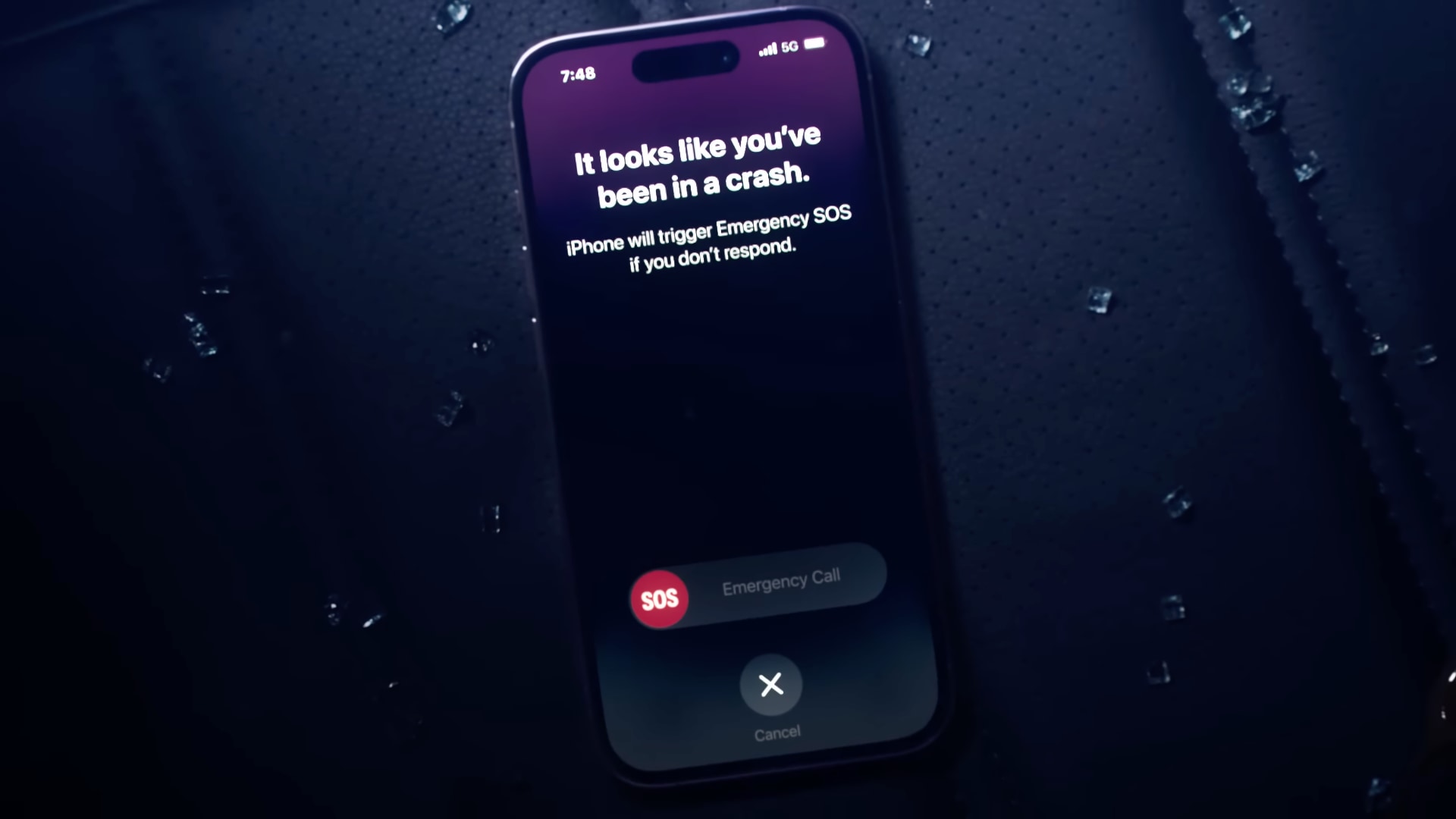The iPhone’s Crash Detection feature automatically falls back to Emergency SOS via satellite when outside of Wi-Fi or cellular coverage.

- What’s happening? Apple has acknowledged that Crash Detection automatically uses Emergency SOS via satellite to contact emergency services when the user is outside of network coverage.
- Why care? Apple didn’t leave anything to chance when it comes to saving lives.
- What to do? Speaking of emergency situations, iPhone 14 owners would do themselves a favor by trying out a demo of Emergency SOS via satellite to get a feel for how the feature works and be fully prepared when they do need to reach out to emergency services.
iPhone’s Crash Detection falls back to Emergency SOS via satellite
Crash Detection made its debuted on the iPhone 14 family, using new sensors in the phone to detect changes in cabin pressure and pick up a variety of other singles that are indicative of a car crash. Crash Detection then automatically calls emergency services for your area and notifies your emergency contacts.
To make Crash Detection e en more helpful, iOS automatically falls back to satellite connectivity if there are no Wi-Fi and cellular networks around you. This is noted in a support document on the Apple website titled “Use Crash Detection on iPhone or Apple Watch to call for help in an accident.”
If you have iPhone 14 or iPhone 14 Pro, Crash Detection notifications to emergency services may be communicated by the Emergency SOS via satellite system when you’re outside of cellular and Wi-Fi coverage, where Emergency SOS via satellite is available.
Emergency SOS via satellite is currently available in the United States, Canada, France, Germany, Ireland and the United Kingdom. If you’re unable to respond after a 20-second delay, Crash Detection will automatically call emergency services.
If the vehicle has its own integrated way to detect a crash and make a call, that process will proceed without change. Crash Detection won’t cancel any emergency calls already in progress on your iPhone. Crash Detection will cancel ongoing, non-emergency calls on your iPhone or Apple Watch.
Apple thought of everything:
In specific regions, once the emergency call connects, the local emergency system might require a manual input, such as “Press 1 for….“ In those very rare instances, the menu option cannot be automatically selected for you to complete emergency service notification, but your emergency contacts will still be notified.
Crash Detection suppports the iPhone 14, iPhone 14 Max, iPhone 14 Pro and iPhone 14 Pro Max models, plus the second-generation Apple Watch SE, Apple Watch Series 8 and Apple Watch Ultra. Read: How to use Emergency SOS via satellite